So, you’ve decided that you want to renovate your kitchen cabinets—you know exactly what color you want them to be and how you want them to look in your space. Moving forward with the reno should be simple enough, right? Not necessarily: There are lots of small decisions that need to be made about your cabinets that extend far beyond just what they look like.
Deciding what style of kitchen cabinets you want is a good first step, but from there, you’ll have to think about what type of material to get and whether or not to go custom—partially or all the way. It can be a lot to consider, but once you have a better understanding of the pros and cons of all your options, it gets a lot easier figuring out exactly what choices are right for your space.
Below, two New York City interior designers, Emma Beyrl and Chris McGovern, explain everything you need to know about kitchen cabinet styles before you start to tackle your renovation.
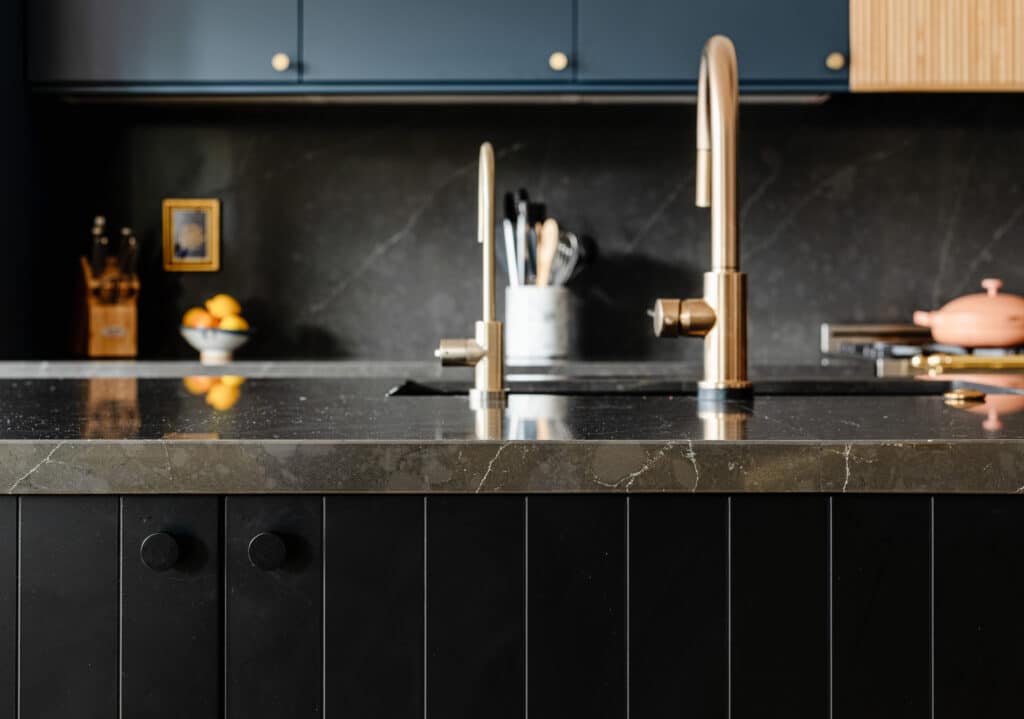
Photography by Nick Sorrentino, design by and home of Celine Ord, featuring Semihandmade Black Beaded fronts on the island and Night Sky Slab fronts in the kitchen
Kitchen Cabinet Styles
When you first choose to install new kitchen cabinets, one of the first decisions you’ll inevitably make is about the style of the fronts. If you’re all about simplicity, slab cabinets may be your top pick. These flat-front cabinets “provide a streamlined look,” according to McGovern, which makes them great options for industrial lofts and mid-century homes alike. Beryl adds that the design of these cabinets makes them especially easy to care for.
Shaker cabinets are another popular option that Beryl says “transcend design trends”—so they’re great for someone who wants a timeless look. You do have to be cognizant of the size of your cabinets when using Shaker fronts, though. “Avoid using Shaker fronts on any narrow-width doors, which can result in a very small inner panel,” McGovern adds. “The same approach applies to shallow top drawers, where I sometimes prefer slab doors mixed with Shaker doors.”
Beryl recommends beaded cabinets for a more formal space, but says that they can be more time-consuming to maintain. Glass front cabinets are a great upper cabinet option that helps brighten up a kitchen. “They are perfect for displaying collected tabletop treasures, while still protecting your pieces from kitchen dust and grease,” Beryl says.
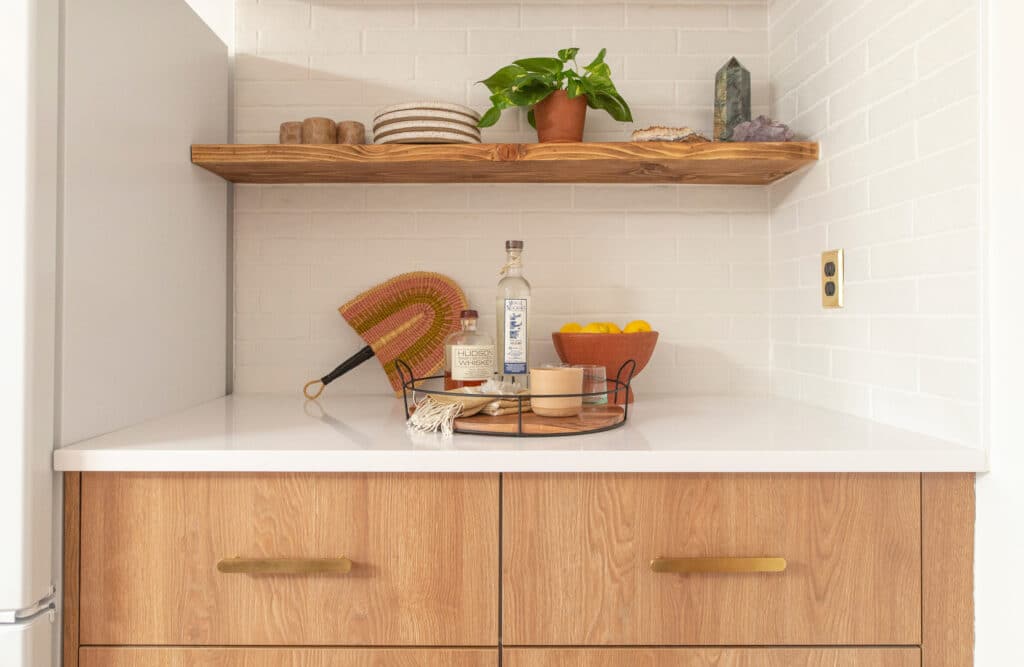
Photography and design by Kriss Knapp, featuring Semihandmade Impression Tahoe textured melamine fronts
Thermofoil vs. Wood
Once you know what you want your cabinets to look like, you’ll have to pick the material. Thermofoil cabinets are a cost-effective option, according to Beryl, and they’re low-maintenance, too: “They’re available in a wide range of colors and designs and are not susceptible to water damage due to the non-porous nature of the material,” Beryl says.
Wood and wood veneer cabinets are a classic option, but can be more expensive, though McGovern finds that these types of cabinets are easier to touch up if they get damaged overtime.
Inset vs. Frameless
You’ll also want to consider exactly how you want your cabinets to be installed. For a more built-in look, you might consider inset cabinets, which are cabinets in which the doors and drawers are built into framed boxes, Beryl explains. “They evoke an old-world, traditional elegance and tend to be more expensive than frameless,” she says. By contrast, frameless cabinets have drawers and doors flush against one another, which creates a more modern design—and provides more storage space.
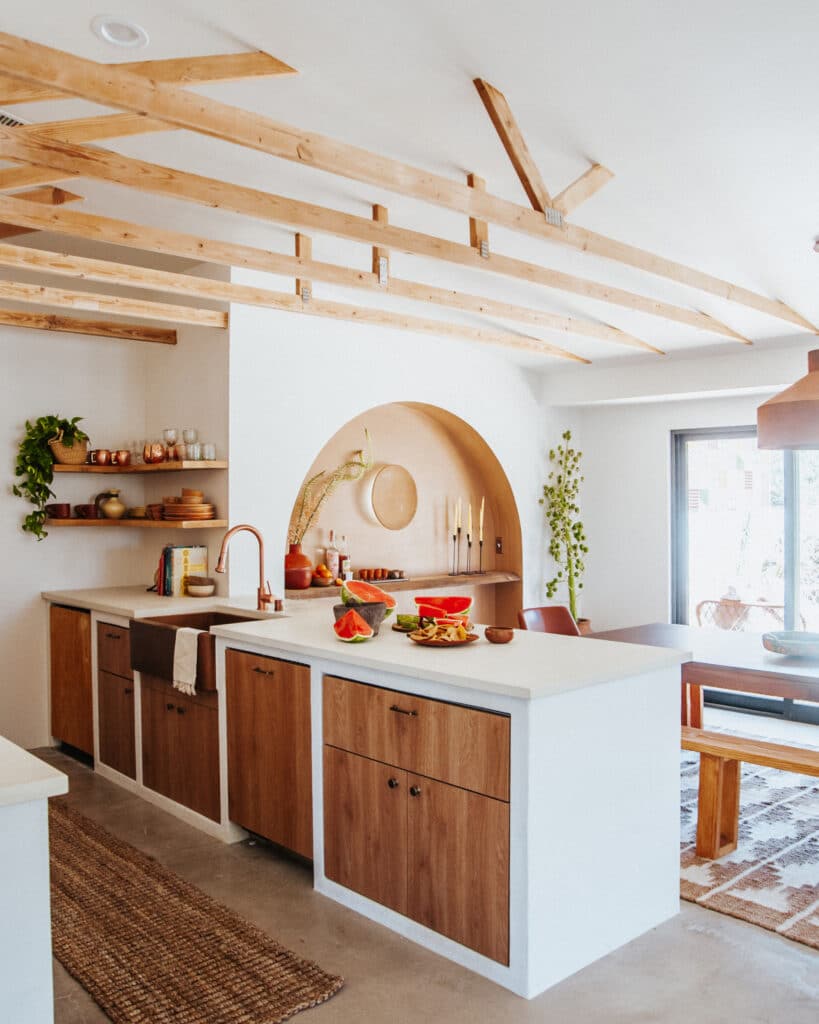
RTA vs. Custom
If you’re open to a bit of DIY RTA (ready to assemble), or stock cabinets, are a great option. RTA cabinets are budget-friendly; they are available in pre-built standard sizes and shipped in flat boxes to be put together on-site, Beryl explains. If you’re buying RTA cabinets but working with a general contractor, just make sure that the contractor knows that assembly is required, as McGovern explains: “Many general contractors will assume they’re receiving boxes assembled, and there could be additional labor costs, which should be factored into your decision.” You can also buy assembled stock cabinets, which arrive ready to be installed.
But sometimes, a custom option is worth the extra cost. “Evaluate your space,” McGovern says. “Does your kitchen layout contain many constrained walls that will require custom sizes to fit between fixed widths? If so, then you’ll need to figure out how to address any of these more challenging spaces.” Fully custom cabinets cost more than semi-custom cabinets but semi-custom options typically have fewer size opinions—so if your kitchen is irregularly sized, they may not be ideal, as they can lead to wasted space. If fully custom cabinets are out of your budget, Beryl says that semi-custom options can add slightly more versatility than RTA or stock cabinets, especially when it comes to factors like drawer size and cabinet depth. It all comes down to your spaces’ needs and your budget—but knowing your options is the first step to designing the kitchen of your dreams.





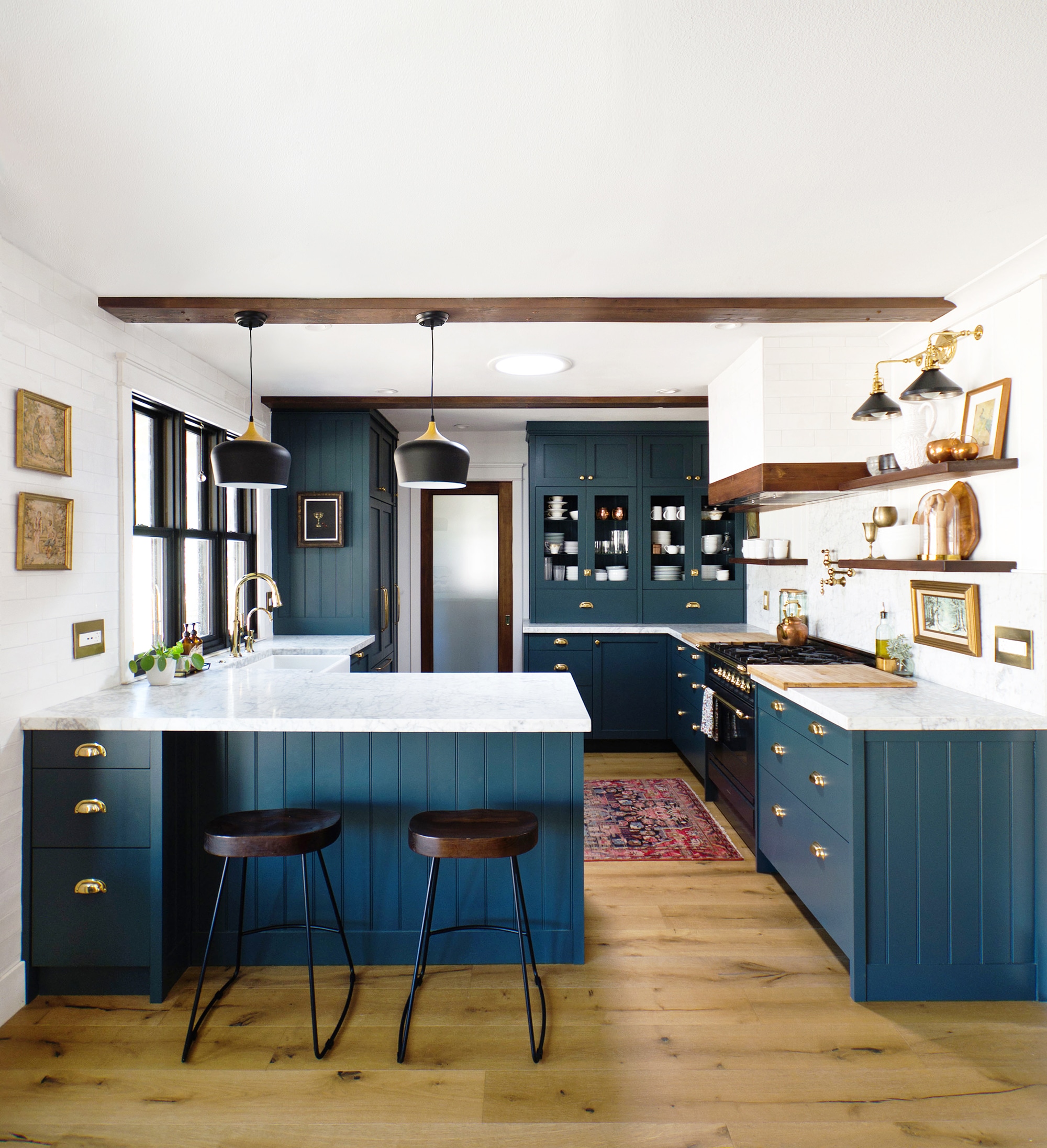
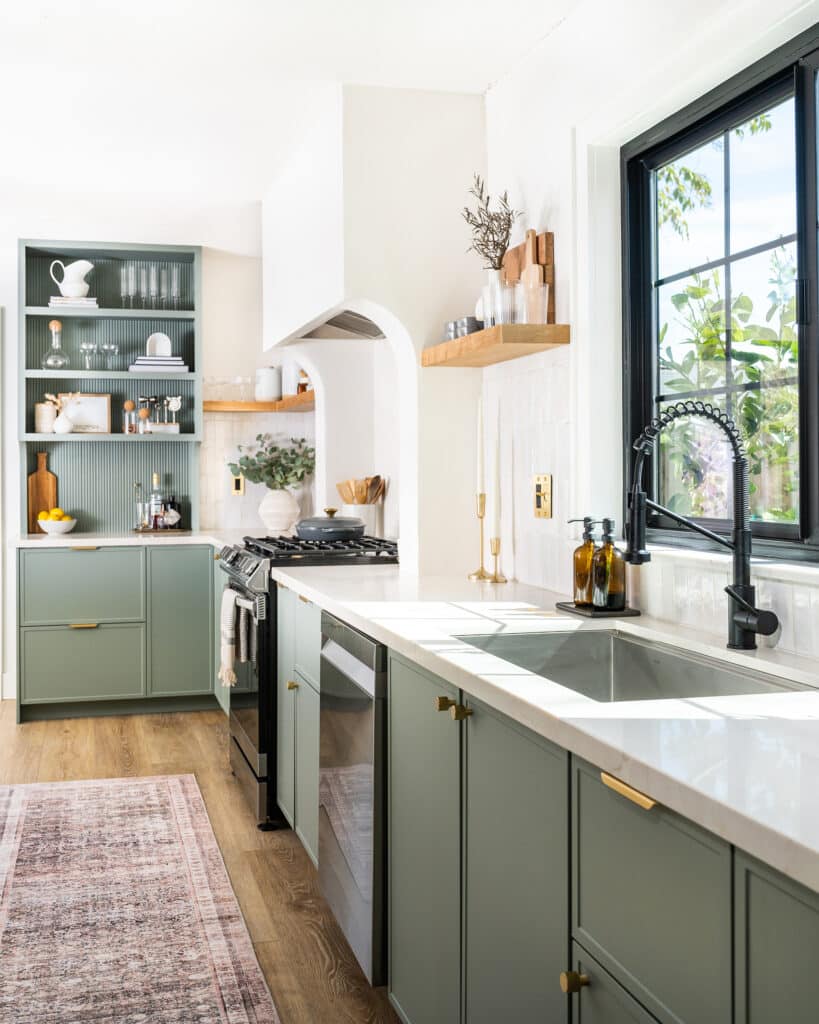
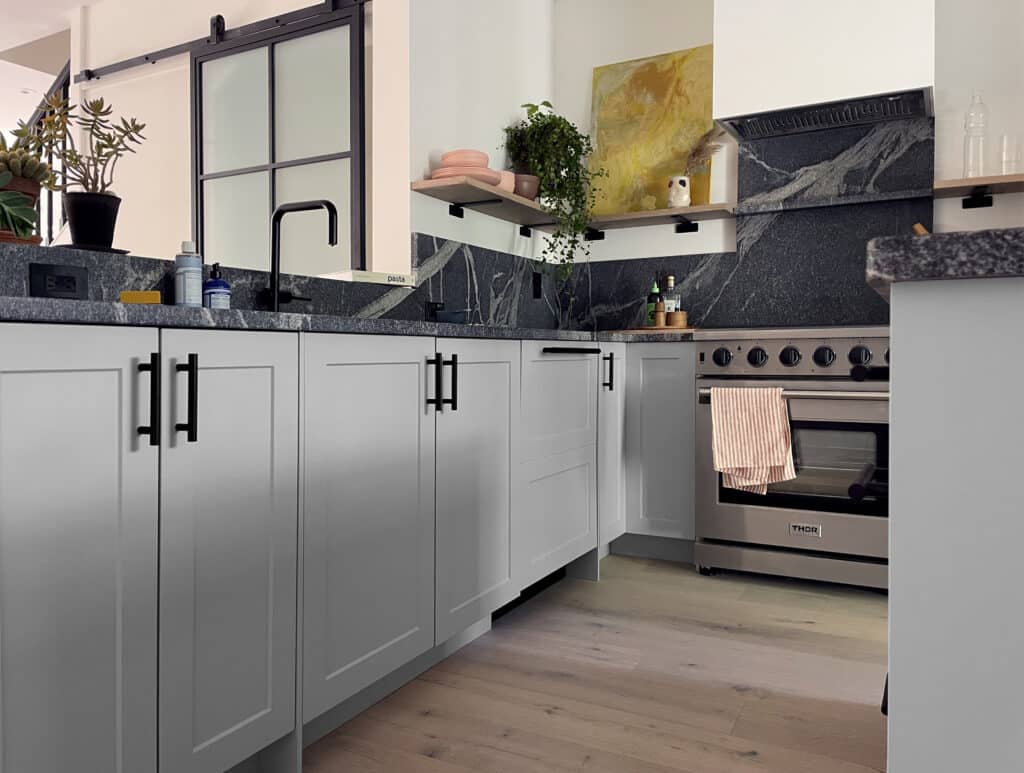
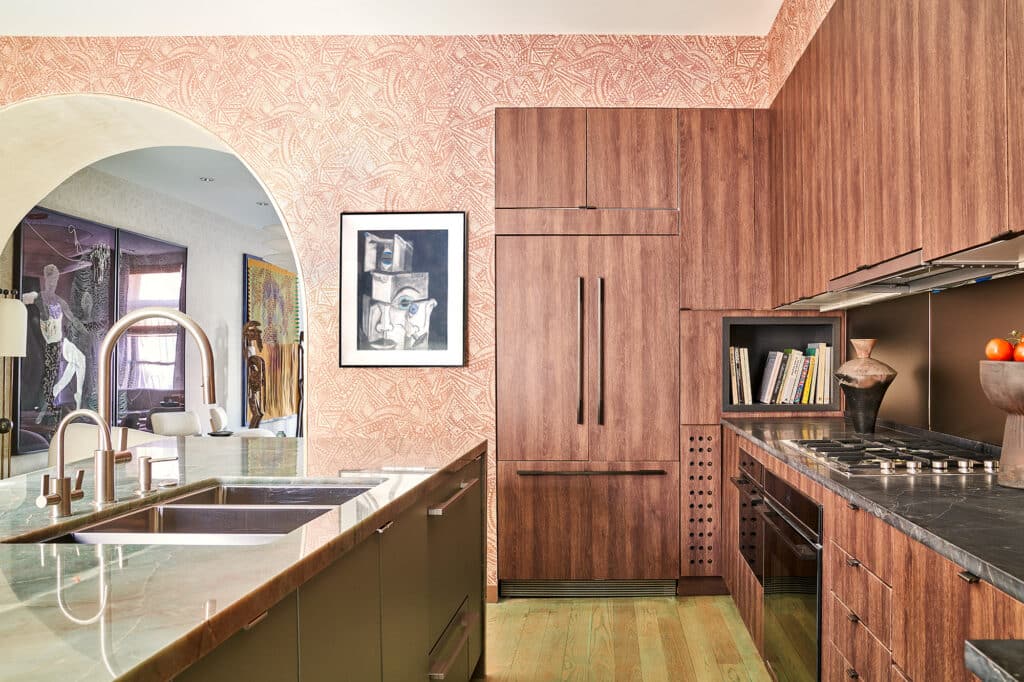
Comments (4)
It’s great to know that wooden cabinets will be easy to touch up if in case they get damaged. Having a cabinet style that can enjoy some increased longevity sounds amazing for a family like mine that regularly spends a lot of time in the kitchen and can accidentally scratch or scuff these fixtures. I’ll ask for these kinds of cabinets in particular when I work with a custom kitchen cabinet contractor in the area.
My brother mentioned that he wants to impress his in-laws by showing off a beautiful house before asking their daughter’s hand for marriage. I love your idea of using glass-front cabinets to brighten up the appearance of his kitchen. Maybe he should try wooden cabinets as a start!
Your description of inset cabinets was really interesting to read. We’ve been trying to go for a more seamless look with our kitchen remodeling project lately, and I can see how this can benefit us in the long run. Once I find a kitchen remodeling expert in the area, I’ll make sure I ask them for inset-style cabinets so the design will match what we want.
It really helps when you said that we should consider how the cabinets would be installed before choosing a design such as inset styles which are more for a built-in look. I will do my research before deciding on the style I will get for my kitchen cabinet which is going to be a part of the renovation project that I wanted to invest in for this house. Some changes has to be made before I moved into this property that I inherited from my parents, because most of its parts are already old and need some updating to keep up with the trend right now.